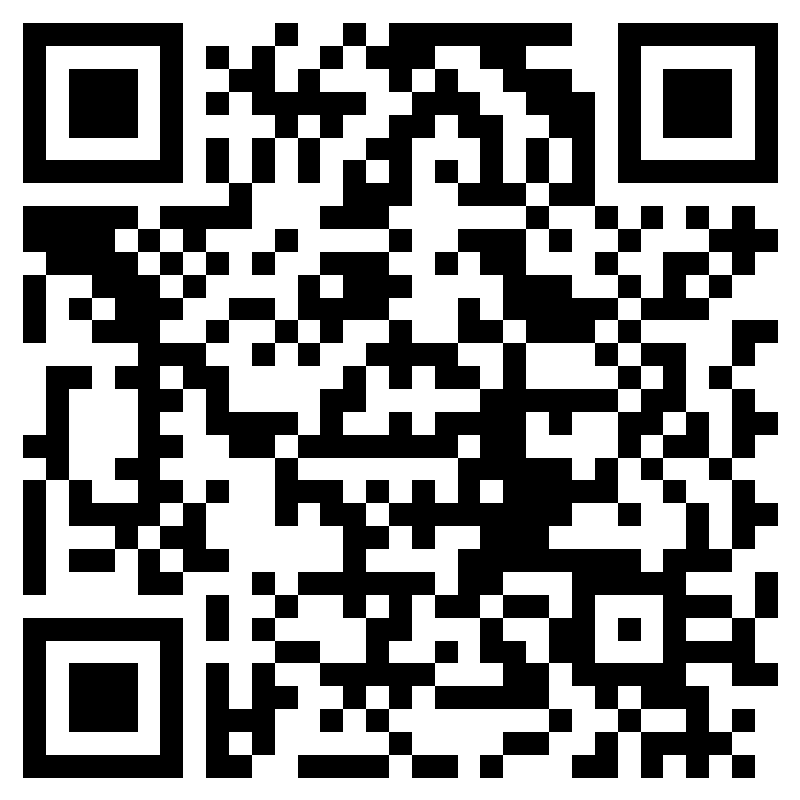Robotics for Youth (Ages 7-10)
Introduction to circuits using TinkerCAD, a free online robotics tool. Students will learn to understand the basic electrical components such as LEDs, resistors, and push buttons.
They will also learn to code using TinkerCAD code blocks and the Arduino IDE scripting language.
After the next 8 weeks, students will have the skills needed to create their own robots!
In addition to the class, I recommend students purchase a Robotics Toolkit, available on Amazon.
In today’s time, robots are a part of daily life, and they’ll only grow in use as time goes on. Enrolling your child in our virtual robotics program is the perfect way to introduce them to high-level technical skills that can prepare them for future learning and career opportunities.
Suggested Starter Kits for home
- ELEGOO Mega R3 Project The Most Complete Ultimate Starter Kit with Tutorial Compatible with Arduino IDE
- makeblock | mBlock – mBot
- Makeblock mBot Neo: Beginner-friendly Coding Robot Kit
- Arduino – Student Kit
Suggested Applications to become familiar with block base visaul programming- Scratch
Scratch is a high-level block-based visual programming language and website aimed primarily at children as an educational tool, with a target audience of ages 8 to 16. Users on the site can create projects on the website using a block-like interface.
Tools used by robotics engineers include:
- 3D CAD (computer-aided design) tools to design robots right down to the circuit level.
- CAM (computer-aided manufacture) tools to build the robots.
Multi-meter to measure voltage, resistance, current, check continuity of connections, and more. - LED’s to test digital circuits.
- Signal generators to generate different shapes of signals (sine, square, saw, and triangle), with variable frequency (1 Hz up to 100 MHz) and amplitude. Oscilloscope to “see” an electrical signal.
- screwdrivers, wrenches, to build the body of the robot.
- Computer software to create detailed designs of robots and robotic systems before they’re built.
- Specialized software programs to test how robots perform in different environments.
Robotics For Kids and Teens
Robotics for kids refers to educational programs and activities that introduce children to the world of robotics. These programs are designed to teach kids about the principles of engineering, programming, and problem-solving through hands-on experiences with robots 1.
In simple terms, robotics is the study of robots. But what exactly are robots? Let’s break it down:
- Robots: These are machines that can be used to perform various tasks. Some robots are autonomous, meaning they can work independently, while others require human guidance to operate 2.
- Autonomous Robots: These clever machines can carry out tasks on their own. Think of the Mars rovers like Spirit and Opportunity—they explore the Martian surface without direct human control. Similarly, spacecraft like Cassini (which studies Saturn) and the Voyager probes (traveling beyond our solar system) are also autonomous robots. They follow commands sent from Earth but operate independently once they receive those instructions 2.
- Robots with Human Guidance: These robots need someone to tell them what to do. For example, the Canadarm—a robotic arm used on the space shuttle and the International Space Station—requires astronauts or mission control personnel to operate it. It’s like a giant space joystick! The Canadarm has been used for tasks like releasing satellites, grabbing the Hubble Space Telescope, and assembling the space station 2.
- NASA and Robotics: NASA uses robots in various ways. Here are some cool examples:
- Robotic Arms: These arms, like the Canadarm and Canadarm2, move large objects in space. They’ve helped build the International Space Station, released satellites, and even assisted astronauts during spacewalks. Imagine playing a cosmic video game with those joystick-like controllers!
- Exploring Other Worlds: Robots play a crucial role in exploring our solar system. Mars rovers, for instance, roam the Red Planet’s surface, collecting data and snapping pictures. These robots are our eyes and hands on distant worlds.
- Robotic Airplanes (UAVs): NASA uses unmanned aerial vehicles (UAVs) that don’t need pilots aboard. These planes fly by remote control and help with scientific research and monitoring.
So, whether it’s sending robots to Mars or maneuvering giant arms in space, robotics is all about combining science, technology, and a dash of imagination!

